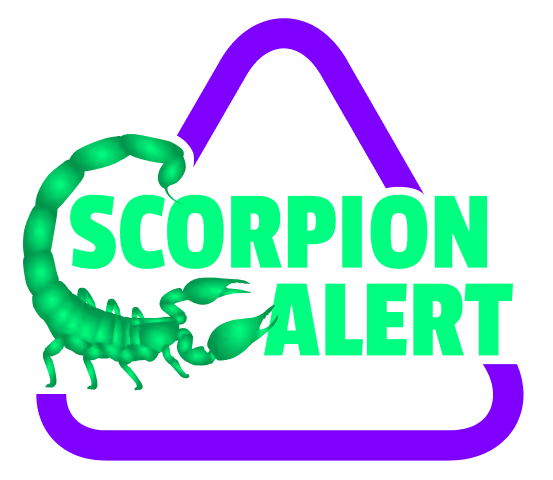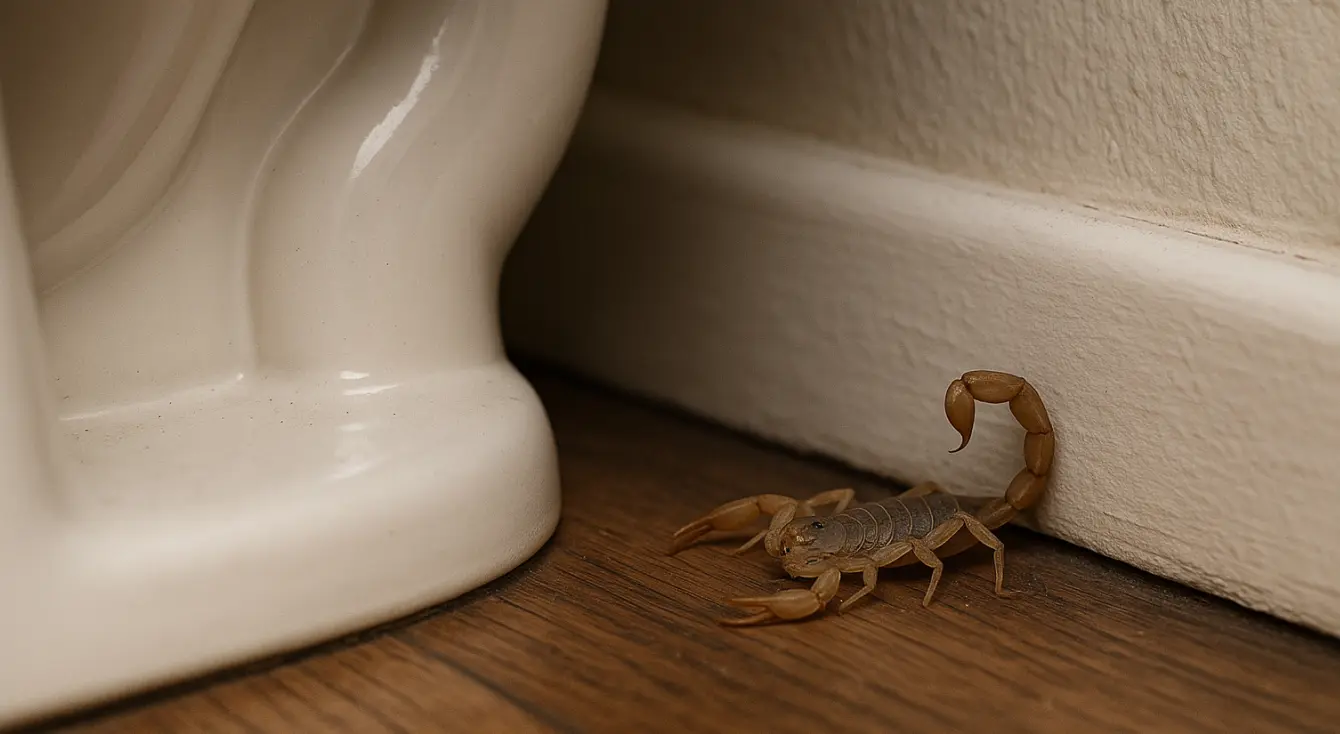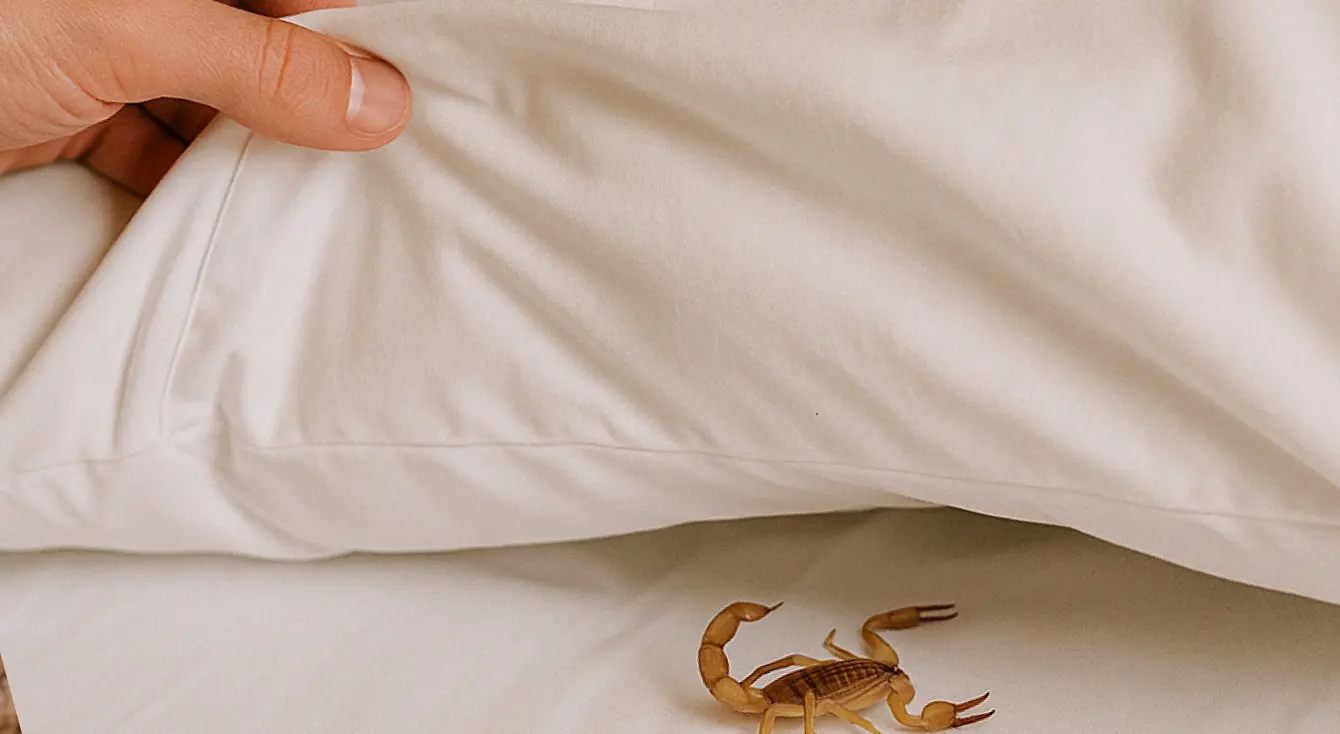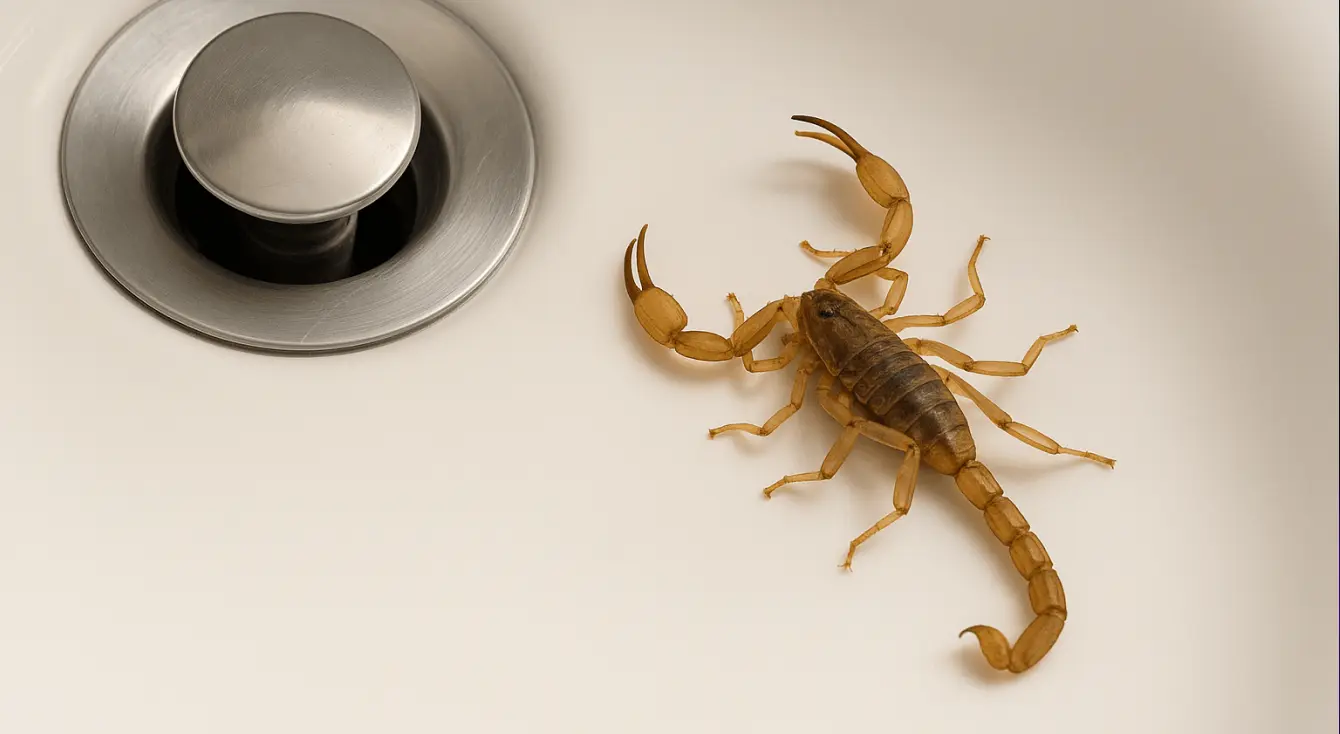Scorpions are experts at hiding. If one makes it into your home, chances are it’ll go unnoticed until it moves—or stings. But they don’t hide just anywhere. Scorpions have very specific preferences, and if you know where to look, you can stop them before they become a problem.
Why Scorpions Hide Indoors
Scorpions typically enter homes in search of:
- Shelter from heat or cold
- Moisture
- Food (small insects)
Once inside, they gravitate toward environments that are dark, quiet, cool, and narrow. This behavior is tied to thigmotaxis—an instinct to stay in contact with surfaces.
Top Indoor Hiding Spots for Scorpions
1. Along Baseboards and Wall Edges
Scorpions love to hug edges. They’ll follow the perimeter of a room, hiding behind furniture or slipping into gaps in the trim.
2. Under Furniture and Rugs
Couches, beds, nightstands, and area rugs all provide cool, shadowy cover—especially when left undisturbed.
3. Inside Shoes, Bags, and Laundry
These items offer perfect hiding spots. Always shake out anything left on the floor, especially if it's been sitting overnight.
4. Closets and Storage Areas
Closets, especially those with boxes or clutter on the floor, provide low-traffic, low-light environments ideal for scorpions.
5. Bathrooms and Kitchens
Scorpions seek moisture, so rooms with plumbing are high-risk. Check under sinks, behind toilets, and in dark corners.
6. Attics, Garages, and Crawl Spaces
These areas stay cool and are rarely disturbed. Scorpions may nest here, especially if there’s clutter or cardboard.
How To Find Them
- Use a UV flashlight at night—scorpions glow bright green under blacklight
- Check edges, cracks, and shadows—not just open spaces
- Install Scorpion Detectors near baseboards in key rooms to catch them before they move deeper into the home
Knowing where scorpions hide gives you the power to outsmart them. With regular sweeps, sealed gaps, and Scorpion Detectors, your home can stay scorpion-free—even in peak season.






